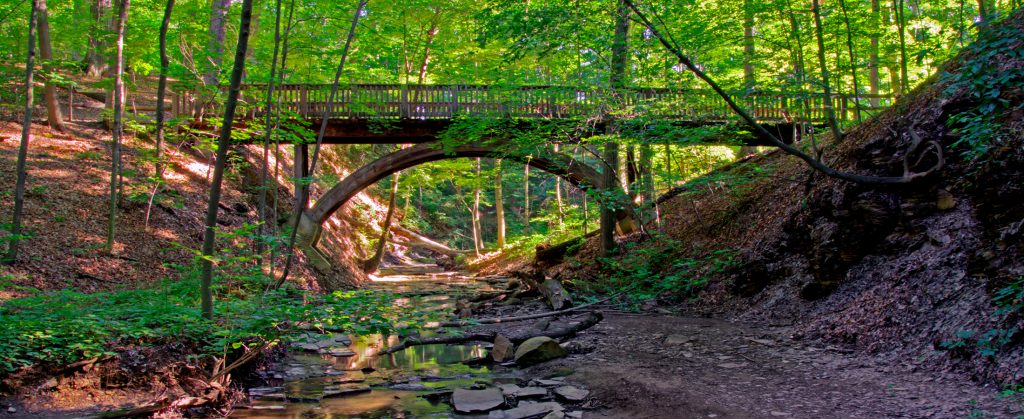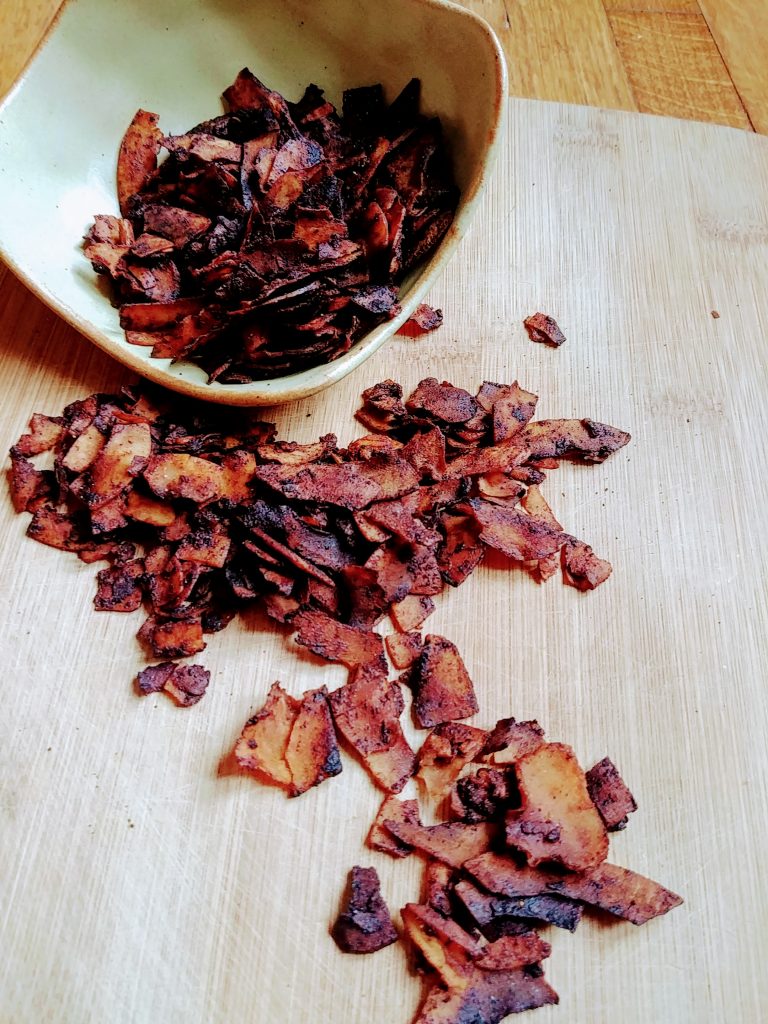Get Outside this Month!
April 23, 2020

In this unprecedented time, we are finding new ways to keep ourselves entertained and enriched. One of the best ways to improve our well-being this month is to get outside! You can walk, jog, bike, explore a park, go on a hike, or just relax in the grass and sunshine. For most healthy adults, the Department of Health and Human Services recommends at least 150 minutes of moderate aerobic activity or 75 minutes of vigorous aerobic activity a week.
Remember to bring a mask with you in public parks and trails. Put it on when you pass others!
Exercise is Better Outside
There are benefits to exercising outside too. Here’s a snippet from a great article by the American Heart Association:
Depressed: If you’re feeling blue, try going outside to green, natural spaces. A stroll in the woods has been shown to help combat depression, and even just the view of the forest from a hospital room helps patients who are feeling down. Head for the hills if you need a boost to your mood.
Anxious: You probably know that exercise is good for your state of mind. But did you know that working out in nature helps to reduce anxiety, among other benefits, even more than going to an indoor gym? Consider hitting some trails to get the best mental bang for your buck.
Disconnected: One of the most basic human needs is to feel that you belong and you’re part of a larger tribe. But studies show that this concept goes beyond human relationships alone. Time in nature results in a sense of belonging to the wider world that is vital for mental health.

Staying Hydrated and Well-Fed
While you’re enjoying all the amazing nature, make sure you’re eating and drinking. It’s important to stay hydrated and keep your energy going. According to REI, you should bring, “a half liter of water per hour of moderate activity in moderate temperatures. You may need to increase how much you drink as the temperature and intensity of the activity rise.” Invest in a lightweight BPA-free bottle or a camelback.
Your snacks need to be highly portable, shelf-stable, and rich in potassium, protein, carbs, and fat. If you have diabetes or low blood sugar, consider checking your glucose before exercise. If it is < 100mg/dl, have a small snack before beginning exercise. Bring a variety of snacks with you in case you feel the symptoms of hypoglycemia (what are those? Click here!) or just need a boost of energy.
Dietitian Julie’s Favorite Trail Snacks:
- GORP: “Good Ol’ Peanuts and Raisins”
- An orange and a protein bar, like Cliff or LARA
- Energy Balls (click here for the recipe from local Hummusapien)

Featured Recipe: Coconut Bacon
Ohh I love this recipe. It’s salty, crunchy, and easy to make. On a hike, I might pair these with some smoked almonds and a piece of fruit. This snack is high in fiber and healthy fats.
- 2 cups dried coconut flakes (unsweetened)
- 2 tsp low sodium soy sauce or tamari
- 1 TBSP smoked Spanish paprika
- 1 TBSP olive oil
- 2 tsp maple syrup
- 1 tsp ground black pepper
- 0.5 tsp liquid smoke
Line a baking sheet with parchment paper and preheat the oven to 400 degrees F. Mix all ingredients in a bowl and stir until coconut is well-coated. You may want to adjust the seasoning for your taste. Spread thinly onto the lined baking sheet. Bake 2-3 minutes, then stir, and turn over the flakes so they crisp evenly. Bake for another 2-5 minutes until golden. Let cool at room temperature completely before packing into a container. Coconut bacon will keep for about a week in the pantry.
- Nutrition Facts: Serving Size 2 tbsp (7g). Calories 25. Total Fat 2.3g. Cholesterol 0mg. Sodium 146 mg. Total Carbohydrate 1.2g. Dietary Fiber 0.6g. Sugars 0.5g. Protein 0.3g
Subscribe to our newsletter
Get seasonal recipes, new trends in food and fitness, and dietitian jokes. There’s no spam, and you can unsubscribe at any time.
